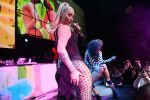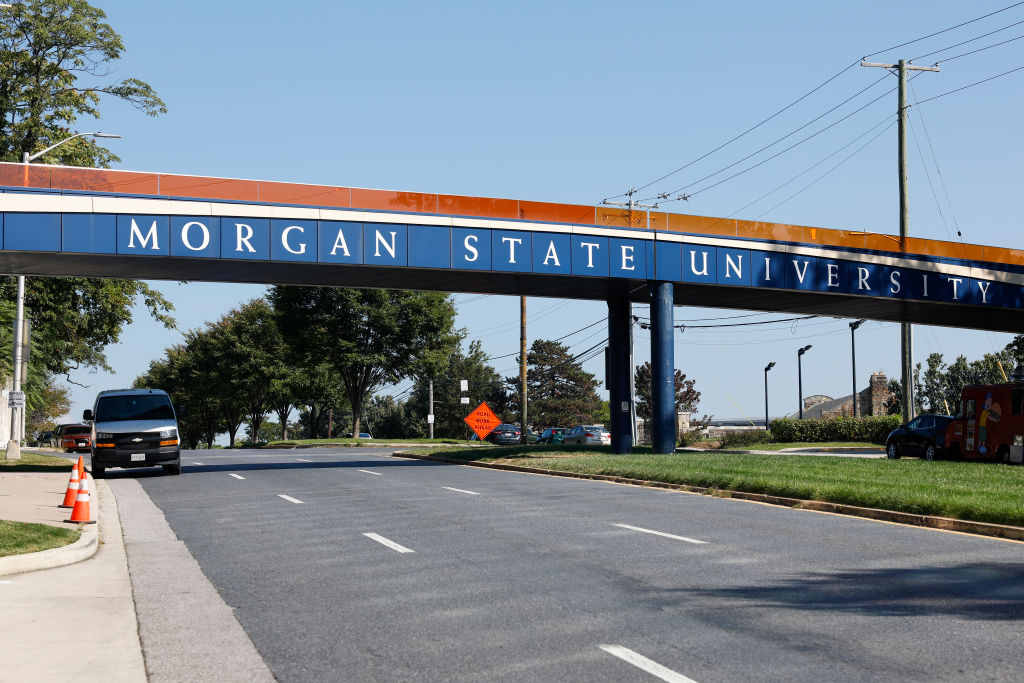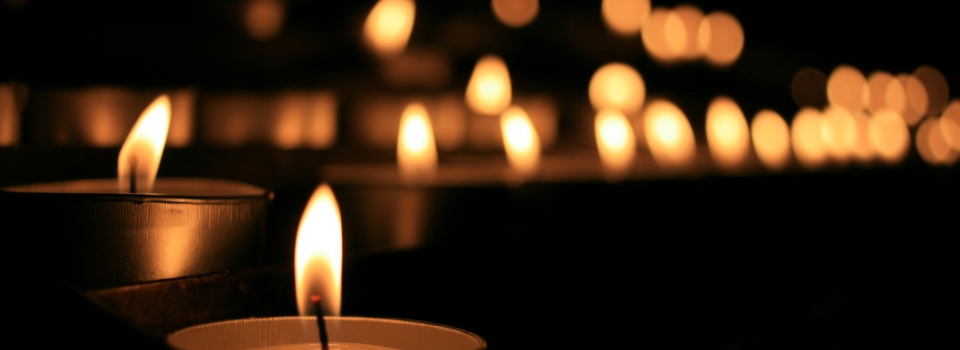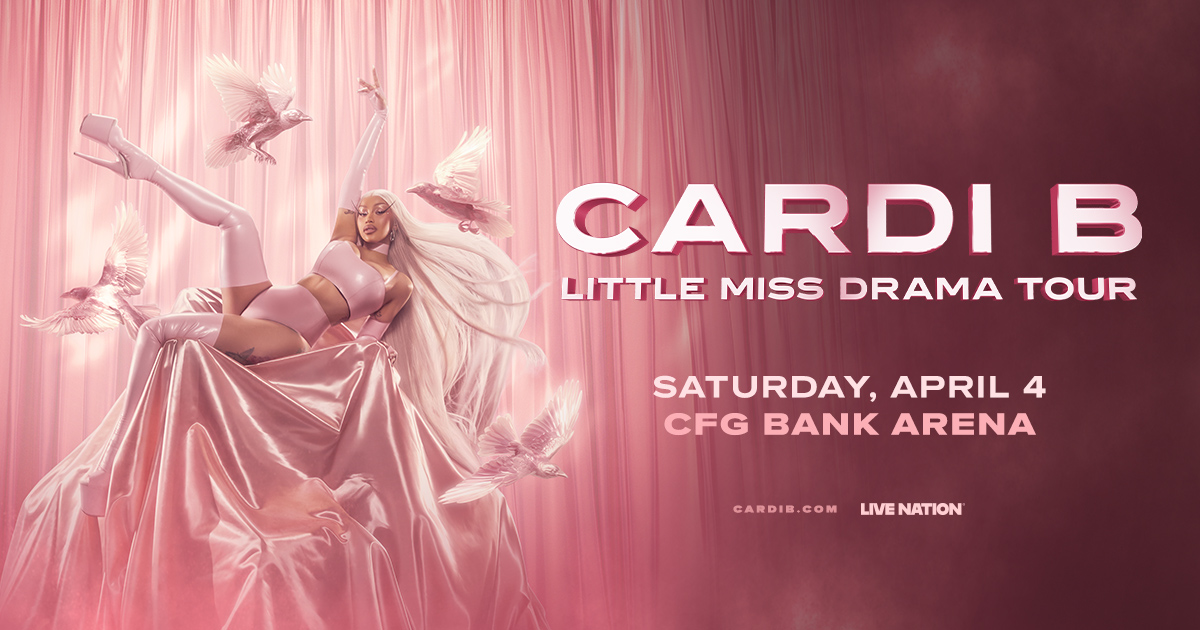Jimi Hendrix's Recording Studio That Helped Shape Neo-Soul
Inside Electric Lady: Jimi Hendrix’s Studio That Helped Shape Neo-Soul

By the mid 1990s a new wave of the R&B sound called “Neo-Soul (or Progressive Sound) was in full effect thanks to the release of D’Angelo’s debut album Brown Sugar. By the late ’90s, the birth of the musical collective “The Soulquarians” furthered a genre of funk, hip-hop, rock and soul far beyond what Neo-Soul ever imagined— and we have Electric Lady Studios to thank for that spark of inventiveness.
Between 1996 to the early 2000s, The Soulquarians, D’Angelo, J. Dilla, Common, Erykah Badu, The Roots members Questlove and James Poyser, Talib Kweli, Mos Def, Bilal, Q-Tip, Roy Hargrove and Pino Palladino had turned the historic Electric Lady Studios into their musical oasis.
Electric Lady was founded by rock and funk legend Jimi Hendrix in 1970. This new team of young artists drew inspiration from the studio surroundings which innovated a new wave sound for the time and a slew of unforgettable albums.
Russell Elevado, a recording engineer who produced D’Angelo’s sophomore album Voodoo, said that he suggested D’Angelo record his album at that studio.
“D’Angelo and I were brainstorming about the album [that would become Voodoo], listening to records. I found that Music of My Mind and Talking Book were in his collection. I pulled them out and showed him that Stevie did these records at Electric Lady,” he said in an interview with Red Bull Music Academy in 2015, “I told him that we should go to Electric Lady Studios to record it. He had no idea that Electric Lady was still operational.”
Electric Lady Studios, located in Greenwich Village, was originally a nightclub called The Generation. Hendrix frequented the club along with other rock legens like B.B. King and Chuck Berry. The legendary guitarist later purchased the building when the club was in financial disarray, with a new vision for a music making space.
In the ’70s Stevie Wonder used the studio extensively during what is known as his “classic period,” which earned him his first Grammy Award. Wonder described the studio as a “self-contained universe” musically.
Rock bands, including AC/DC, Santana and Weezer also produced hit albums at Electric Lady, but by the mid to late ’90s, production had slowed down.
“I didn’t really know about the history of Electric Lady Studios. But when I got there, the design of the place was so damn mystical,” Questlove said in an interview, “I remember on the first day of recording it was three o’clock in the morning; D’Angelo, Russell Elevado, and I were saying to each other, ‘We can’t let these new people ruin Jimi’s vision.'”
Electric Lady Studios became the musicians’ home for the next five to six years. While D’Angelo began working on Voodoo in one studio, Questlove was also working on The Roots next project in another studio. Soon, other artists that later joined the Soulquarians took the the studio, cultivating various productions including works like Erykah Badu’s Mama’s Gun, The Roots Things Fall Apart, and Common’s Like Water For Chocolate.
Elevado and Questlove both recalled the times working at Electric Lady Studios and the studying that all the musicians went under when working on their own projects.
“There was a lot of studying. One thing that D discovered during this time was that Prince wouldn’t be Prince without the influence of Jimi Hendrix. Then he started realizing that everyone was influenced by Hendrix – from George Clinton to Stevie Wonder. He was at the core of all the music he was fond of,” Elevado said in an interview. He recalled Erykah Badu and Common listening to psychedelic rock artists like Pink Floyd and Led Zeppelin.
In the studio, D’Angelo would make the crew sit down and watch Prince performances over and over again, “We’d get amped!” Questlove said “And he [D’Angelo] would be like ‘Yeah! That’s what I want to do!'”
Most importantly, the collective began to find a new respect for Hendrix, digging deep into his discography.
The collective experimented with a wide range of musical genres like blues, soul, synthwave and hip-hop, birthing undeniable and imaginative sounds for each project that was pushed out during the time.
Many of the musicians said it felt as though Hendrix’s spirit were in the walls of Electric Lady Studios, which would further drive their musical sound and innovation.
Bilal said in an interview, “One of the engineers, Steve Mandel was a genius, too. If you had a sound in your head, he would spend all day trying to find it. I think that was the spirit of Jimi, because that was his whole thing being in that studio.”
Even a cat, who was later referred to as “Jimi” was a memorable feline during the time at the studios. It was said that Jimi would follow D’Angelo and the other artists around during studio sessions, and if there was a song he didn’t like, he’d make it known.
“If there was a song he didn’t like, he would jump up and run out of the room,” James Poysner said.
However, The Soulquarians’ would later disband around 2002 and the studio fell under financial hardship once again.
Despite the dissolvement of the group, the Soulquarians redefined the Progressive Sound in a way that hasn’t been replicated since.
As for Electric Lady, the studio underwent renovations in the early 2010s, according to the Wall Street Journal. The recording studio has since been the hub for other music artists such as Frank Ocean, Sabrina Carpenter and SZA.
Inside Electric Lady: Jimi Hendrix’s Studio That Helped Shape Neo-Soul was originally published on foxync.com












